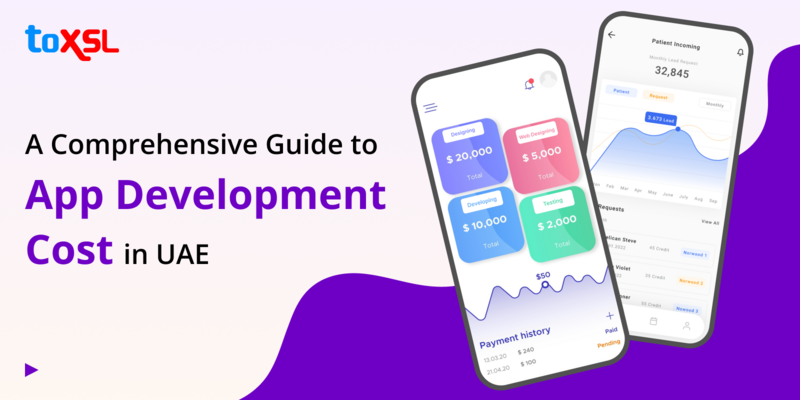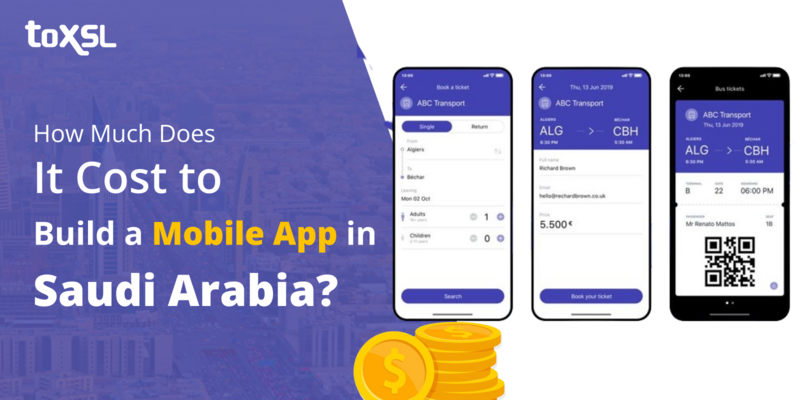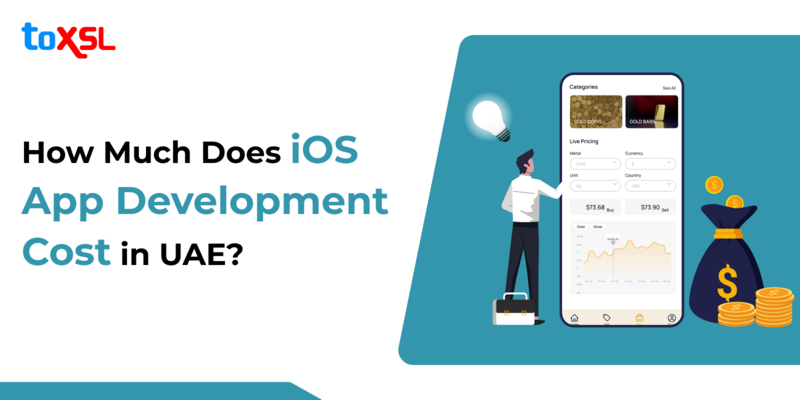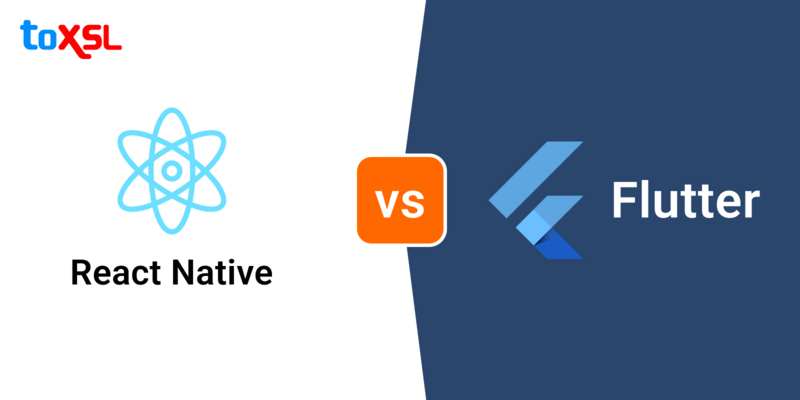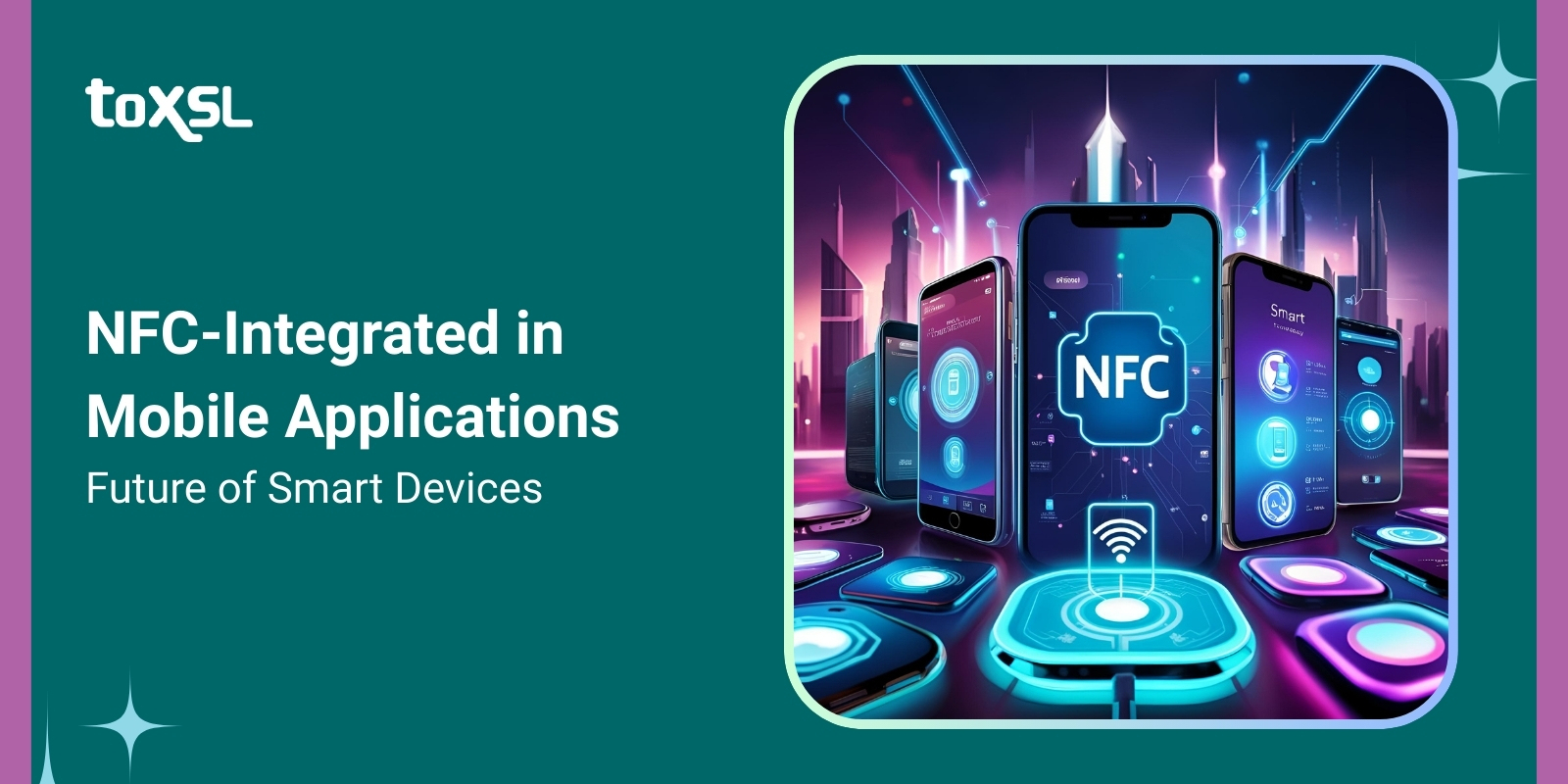
By 2027, almost 99% of smartphones will be able to make contactless payments. This means more and more people will pay without touching anything. NFC payments are very popular. With NFC, customers just hold their phone or card near a machine to pay. It is quick, easy, and you don’t need to carry cash or a wallet.
Near-Field Communication allows you to pay without touching anything. You just hold your card or phone near a special machine to pay. NFC works by sending information wirelessly over a very short distance, about 4 centimeters. This keeps your payment safe and helps you pay fast.
Businesses can use NFC payments to get more customers and make more money. People like fast and simple ways to pay, and NFC gives that. But before you start using NFC payments in your business, you should learn how it works, what devices can use it, its good points, bad points, and how safe it is. This blog will help you understand everything about NFC contactless payments.
Also Read: How To Implement Custom NFC Tap & Pay Solutions for Your Business
How do NFC Mobile Payments Work?
When your phone or card is near the payment machine and both are active, they quickly exchange secure payment information using their NFC chips. This finishes the payment right away. This makes paying very fast and safe. That’s why many people prefer using NFC payments with apps like Android Pay and Apple Pay, they are simple and secure.
How Do Customers Pay via NFC Smartphones?
As a business, it’s good to know how customers pay using NFC on their phones. This way, you can help new users and stay updated. Here’s how a customer pays with NFC:
- They need a phone or card that supports NFC and a store that accepts NFC payments.
- They look for the NFC sign at the checkout or ask if NFC payments are accepted.
- They open a payment app like Google Pay or Apple Pay on their phone, or use their NFC card. If using a phone, NFC should be turned on.
- They hold their phone or card very close to the payment machine (about 4 cm).
- The payment happens in a few seconds.
- Payment is completed.
Knowing this helps you assist your customers better.
How can businesses accept payments via NFC?
NFC mobile payments are helpful for your business because they let customers pay quickly without using cash or swiping cards. To start accepting NFC payments, follow these steps:
- Choose a payment processor that fits your business.
- Get an NFC-enabled payment machine (POS) for your store.
- Set up and install the machine at your shop.
- Connect the machine to the internet.
- Open a merchant account to receive payments.
- Begin accepting NFC payments from customers.
When a customer pays with their NFC phone or card, they just hold it near your payment machine. The money is taken from their account and sent straight to your business account.
This makes paying fast, easy, and safe for your customers, and helps your business run smoothly without handling cash. It’s a great way to keep up with modern payment methods and attract more customers.
Numerous Devices that support NFC Payments
To accept NFC payments, you need to have a payment machine that works with NFC or a modern mobile payment device. Customers can pay using only certain devices that have NFC. These devices include:
Smartphones: Smartphones are the most common way to pay with NFC. People use a wallet app like Apple Pay, Google Pay, or Samsung Pay. These apps have NFC built in.
EMV Cards: Almost all credit and debit cards have a special chip called an EMV chip that works with NFC. Paying with these cards without touching the machine is the second most common way people use NFC payments.
Smartwatches: In the past few years, smartwatches have become a popular way to pay with NFC. Watches like the Apple Watch and Google Wear OS let people make quick, contactless payments right from their wrist.
Laptops: Some laptops come with NFC built in, allowing you to make payments directly. Others can accept payments by connecting to an NFC-enabled card or device. Examples of laptops that support NFC payments include Microsoft Surface, Asus Expertbook, and HP Elite Dragonfly.
Tablets: Tablets can also be used to pay with NFC, just like smartphones. You can pay by holding your tablet near the payment machine. Some tablets that can do this are the iPad Pro, Google Pixel Slate, and Lenovo Thinkpad. This makes paying easy and fast.
How to Integrate NFC in Mobile Applications
Here is how you can integrate NFC in mobile apps:
1. Research and Plan: First, decide how your app will use NFC—whether for payments, ticketing, or sharing info. Then, learn about the rules and security steps you need to follow to keep your app safe.
2. Set Up for Each Platform
- Android: Ask for permission to use NFC and add NFC settings in your app’s files.
- iPhone: Enable NFC in Xcode and explain to users why your app needs NFC access.
3. Pick the Right Tools: Use the built-in NFC tools for each platform—Android’s NFC Adapter and iOS’s Core NFC. If you want to build for both Android and iOS, tools like React Native NFC Manager or Flutter’s nfc_manager can make your work easier and faster.
4. Build NFC Features: Create features that can detect NFC tags or devices, read their data, and write information when needed. Make sure your app handles errors well, like when a tag isn’t supported or reading fails. If your app deals with payments, connect it to secure payment systems to keep transactions safe.
5. Add Security: Protect user data by using encryption, tokenization, and verification methods like PINs or fingerprint scans. Follow important security rules, especially for payment apps, like the PCI-DSS standards.
6. Design a User-Friendly Interface: Make your app easy to use by guiding users with clear prompts, like asking them to tap their device or showing confirmation messages after a payment or action is complete. Clear feedback helps avoid confusion.
7. Test Thoroughly: Test your app on many devices and with different NFC tags to make sure it works well everywhere. Also, test security features carefully to find and fix any weak spots.
8. Launch and Keep Improving: Once testing is done, publish your app on app stores. Keep an eye on user feedback and app data to find any problems. Update your app regularly, especially to fix security issues and keep it running smoothly.
How Much Does NFC Integration Cost?
A simple NFC feature, like reading or writing basic tags, usually costs between $10,000 and $15,000. If you want a more advanced app with secure payments, working on both Android and iPhone, and following safety rules, it can cost $20,000 to $50,000 or more. Spending more money means your app will be safer, work better, and be ready for the future. Here are a few factors that affect the cost.
How hard is to build: Simple NFC features cost less. But secure payments with encryption and payment connections take more time and money.
Which phones does the app works on: Making the app for Android only costs less than making it for both Android and iPhone. Using tools that work for both can save money but might need extra work.
Security and rules: If your app handles payments, you need strong security like encryption and fingerprint checks, and you must follow rules like PCI-DSS. This adds to the cost.
Using other companies’ services: If you use payment systems or NFC tools from other companies, there may be extra fees to pay.
Testing and approval: Testing the app on many devices and getting security approvals costs extra.
Keeping the app updated: After the app is live, you need to spend money to fix bugs and keep it safe.
Conclusion:
In conclusion, adding NFC to your mobile app is a powerful way to offer secure, easy, and flexible payment options. By following the right steps and focusing on strong security, businesses can create smooth NFC experiences that customers like. ToXSL Technologies is a leading company that helps businesses include NFC in their apps. Whether you’re a new startup or a big company, using NFC can make your app more valuable and improve user satisfaction. Contact us today to learn how we can support you.

